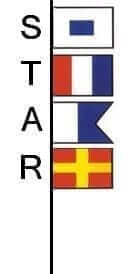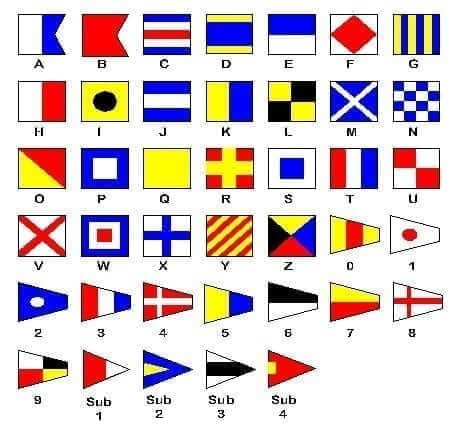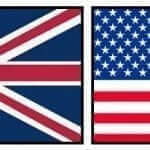
International Maritime Signal Flags Explained
Have you ever seen these flags?
Chances are you probably have seen them before. They are used to communicate in the days long before the Internet.
The International maritime signal flags were first drafted in 1855 and published in 1957 as an International and British communication system. This system was adopted as visual and radiographic volumes in English, German, French, Japanese, Norwegian and Italian languages for seafaring boats in 1932.
NATO uses the same flags today with a few unique symbols for warships.
The system is a way to communicate between boats at sea. They can be used to easily send important messages, but it’s important to know the process to use them well.
Each flag represents a letter of the alphabet, similar to braille, but each flag also represents a code, direction or a significant symbol. For example, A means ‘I have a diver down; keep well clear at slow speed’. It’s also possible to combine letters, first to write a word and secondly to send a different signal code. For example, NC means ‘I am in distress and require immediate assistance’.
Each flag and its significance is explained in the code book: International Code of Signals (ICS). NATO uses these flags, but also has different codes used in secrecy. Each boat will have to possess this book to decipher its messages.

Wiki Sources: International Code of Signals and International Maritime Flags

